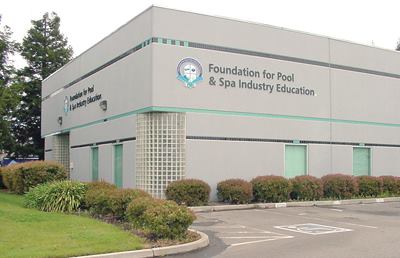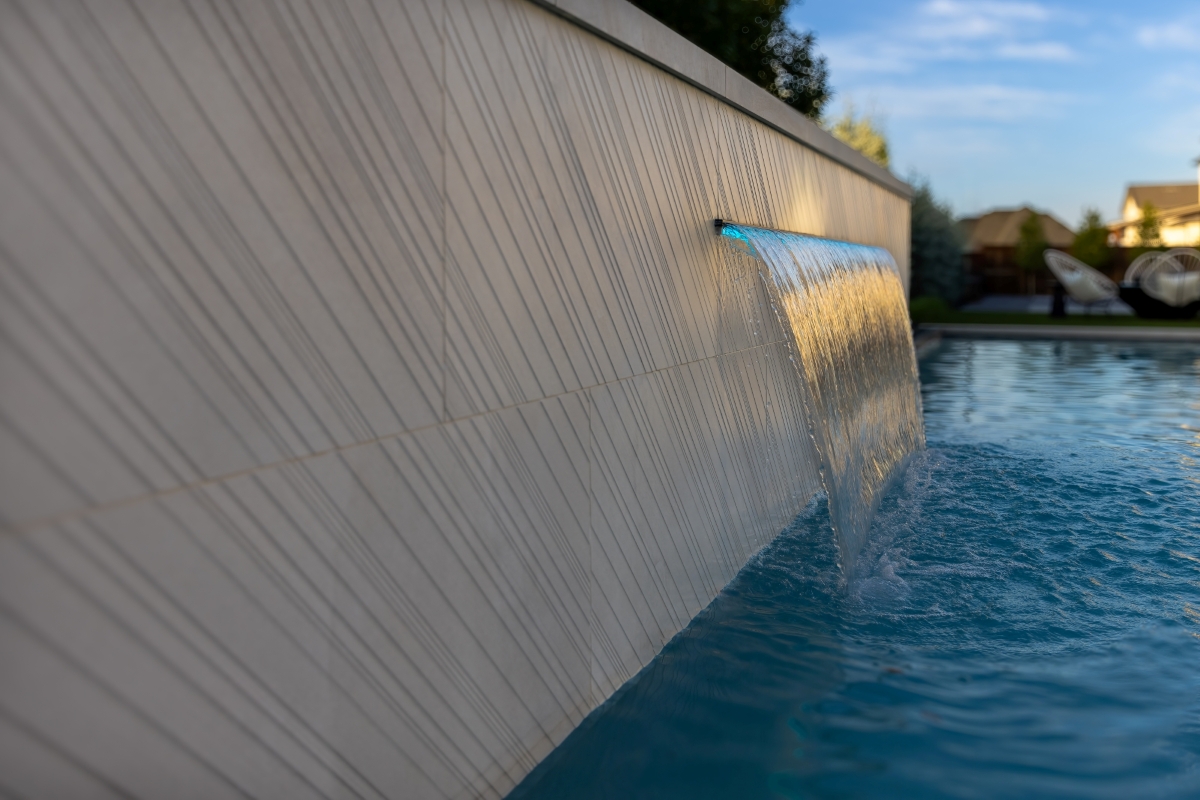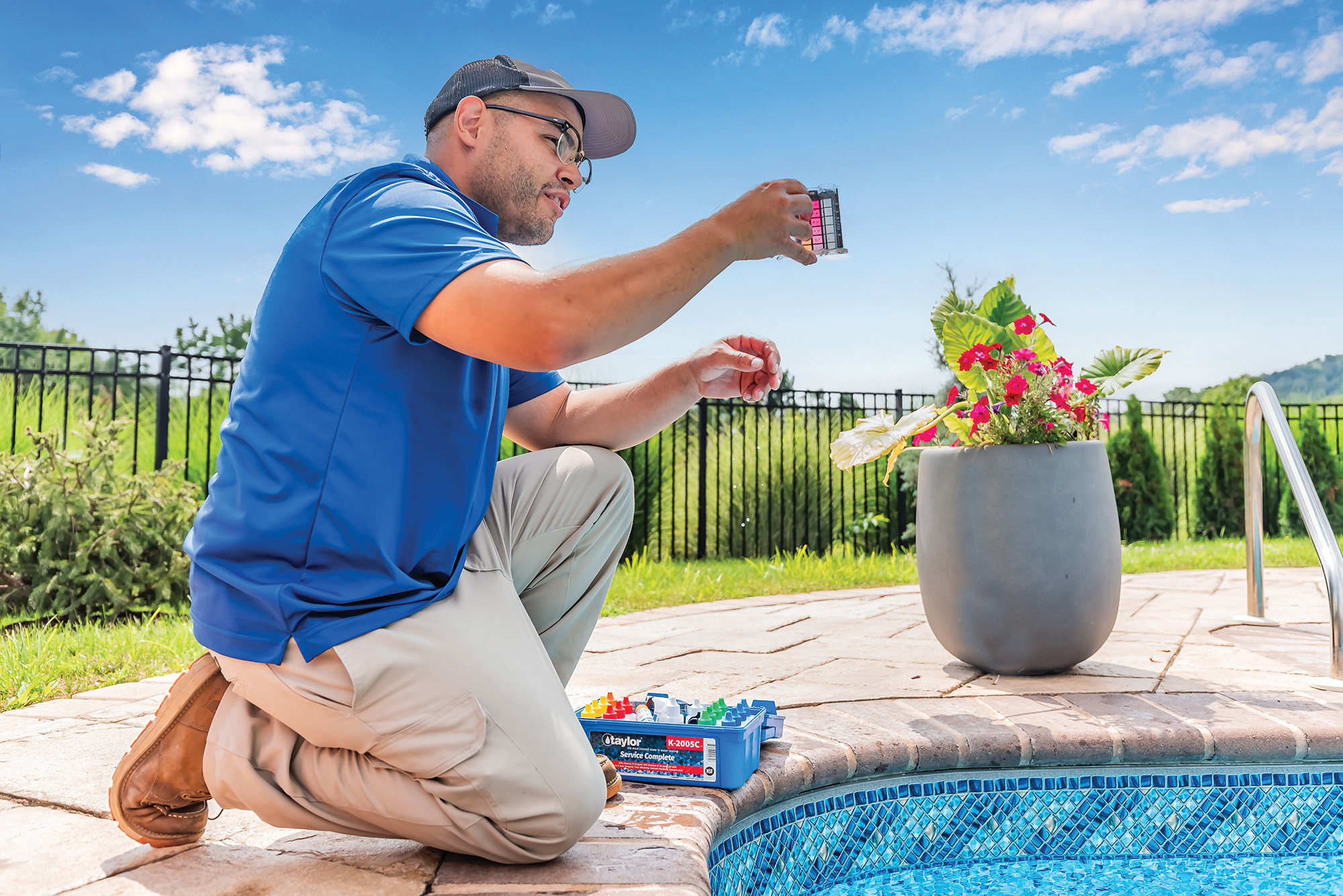The Foundation for Pool & Spa Industry Education is studying how commercial pools can be made as energy efficient as possible while maintaining appropriate water-quality levels.
FPSIE has teamed up with the Sacramento Municipal Utility District and the Davis Energy Group to conduct the study at the Debbie Meyer Swim School in Carmichael, Calif.
Analyses are being performed on two pools. One has been outfitted with a variable-speed pump, a UV system, solar panels and a biofilter containing sphagnum moss, which makes it easier to kill microorganisms by stripping them of their biofilm, said Michael Orr, executive director of Sacramento, Calif.-based FPSIE. Using the sphagnum moss is expected to lower the needed sanitizer dosage. If this proves true, it should help save energy, Orr said, because it would reduce necessary turnover-rates.
“If you put 1 part per million of chlorine in the swimming pool, you will kill most of the microorganisms, but if we had the biofilter on there, we could probably get down as low as 2/10 or 3/10 ppm of chlorine and be able to do the same job,” Orr said. “We want to see if we can maintain water quality with a minimum amount of circulation over a 24-hour period.”
The goal is to see how well this combination can keep up with the bather demand of a commercial pool while saving energy. It also is hoped that data from the study will make health officials more confident in allowing UV oxidation with a chlorine residual, so that commercial pool owners and operators have the option to add UV and run their pools with variable-speed pumps on low settings 24 hours a day.
The second pool, a less-used installation, has been set up like a simple, small-scale commercial pool that one might find at an apartment complex. A variable-speed pump was installed, and jetting and inlets were adjusted to improve the in-pool circulation and eliminate dead spots.
“We want to see, without any extraordinary measures, how much energy we can save on the pool and still maintain water clarity and bacteriological count below the limit,” Orr said.
So far, the equipment has been installed on both pools, with data collection expected to begin this month. The project should take approximately three months, and data will be available toward the end of the year, Orr said.
Real-time data will be posted online as the project progresses. FPSIE is installing cameras near the pool and equipment pad so people can view them online.
This study targets pools under 30,000 gallons, with future projects to evaluate larger vessels. “Huge pools have different problems than smaller pools, especially in their circulation patterns,” Orr said. “So we’re going to have to think about things that will aid in the circulation of the water in the pool so we don’t get dead areas.”



